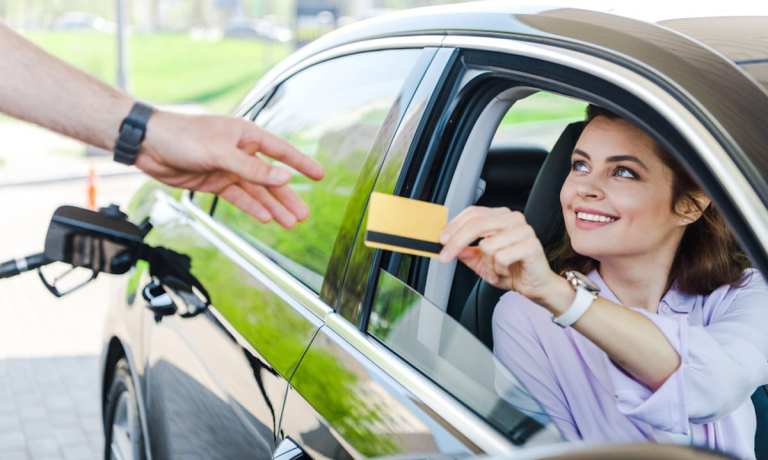
The everything-from-home economy has brought pain to the pump – and is forcing C-store (and other) operators to pivot. Earnings season has shown the ripple effects of the great digital shift. Simply put, we’re not on the road as much – not for work or for leisure – so filling the tank has become a dwindling necessity.
And in a snapshot of the pressures in the oil patch, which translates into pressure on retail fuel sales, late last year, according to the National Association of Convenience Stores (NACS), roughly 74 percent of retailers said that fuel sales were down year over year. And since C-stores sell about 80 percent of the gas in the U.S., they’ve borne the brunt of the impact. We’re likely to see some lingering impact on fuel, which could conceivably bring C-stores even further along the journey to omnichannel commerce. In response, as the NACS has found, as many as 21 percent of C-store operators have shifted to add curbside pickup, and 14 percent are focused on drive-thru.
As noted by SP Global, commentary from energy giant BP shows that, per the company’s earnings commentary, “in the first quarter of 2021, we expect material impacts in downstream as a result of the pandemic, with increased COVID-19 restrictions resulting in lower product demand. We expect industry refining margins and utilization to remain under pressure.” But for energy companies – specifically the gas operations – as noted by The Wall Street Journal, spending on food and other store-bought items has been a positive standout in recent results. Retail, then, is a strong path forward in battling the vagaries of gas prices.
Drilling down a bit, we see the impact fuel can have: Consider Walmart’s results this week. The company said that Sam’s Club net sales, with fuel, were $16.1 billion, where comps were up a bit more than 8 percent. Strip fuel from the equation and net sales were $15.3 billion in the fourth quarter, but comps were up 10.3 percent. High-teens percentage point growth rates were seen in categories like groceries and beverages.
For the whole company, before the pandemic, fuel sales added 10 basis points to results in the year-ago fourth quarter; this time around, they lowered comp sales by 10 basis points. Walmart notes in its earnings reports that “comparable sales excluding fuel is also an important, separate metric that indicates the performance of our existing stores and clubs without considering fuel, which is volatile and unpredictable.”
Shifting Beyond the Pump
PYMNTS’ own digital pages shine a light on how the C-store/gas station mindset is shifting and is embracing some advanced technologies, such as contactless payments, and delivery efforts that meet consumers where they are. Bobby Koscheski, head of omnicommerce, fuel and convenience store solutions at ACI Worldwide, told PYMNTS in a recent interview that omnichannel efforts increasingly include loyalty and rewards programs to cement relationships with customers who transcend the volatile demand for gas.
Koscheski stated that offering rewards in a contextual way in real time is happening one step at a time. “The C-stores, historically, have viewed the fuel pump as sort of this separate thing,” he said. “And in fact, from an architecture point of view, it isn’t even ‘invited’ into the rest of the applications in the store. In other words, they have really old technology on those dispensers.” But upgrades are bringing those pumps more fully into the flow of commerce, giving operators a chance to fuel their own top lines.